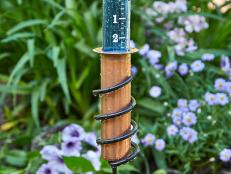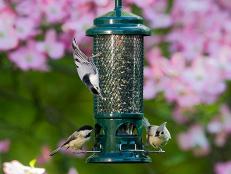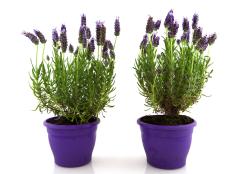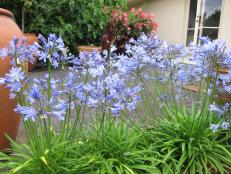Xeriscaping Is Water-Wise
Try xeriscaping to conserve water and create a sustainable garden.

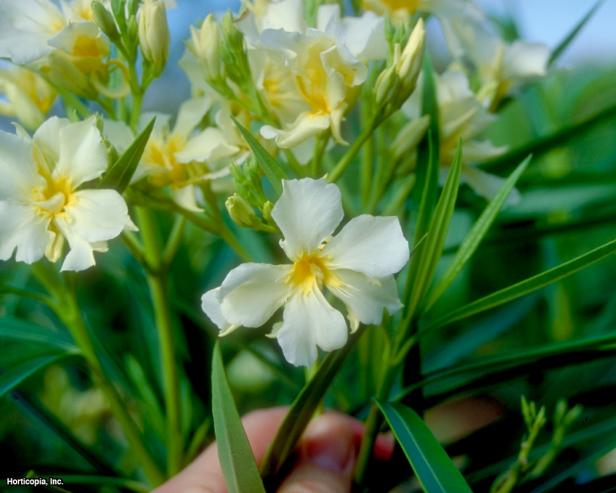
Derived from the Greek word “xeros,” meaning drought, xeriscaping is a style of landscaping with an emphasis on water conservation.
It is estimated that 50% of water use in a typical household happens outside the house and, although it originated in the American Southwest where drought conditions are common, gardeners and landscapers in other regions have embraced this method of landscaping using drought-tolerant, slow-growing plants as a conservational alternative to conventional resource-hungry horticulture.
The advantages of xeriscaping don’t end with a reduced water bill.
Even those who consider themselves cursed with a black thumb will benefit from a landscape where success relies more heavily on careful design than resource management or intensive maintenance. Furthermore, limiting plant choices to those appropriate to the principles of xeriscaping can result in a yard that will flourish and remain visually appealing regardless of rainfall. If drought concerns are a problem in your area, you’d like to cut back on that water bill without watching your landscaping wither or lawn care just isn’t your bag, this increasingly popular take on modern landscaping may provide the answer without settling for a yard full of rocks and cacti.
The Seven Principles of Xeriscaping
Planning and Design
Consideration of climate, regional concerns and existing vegetation is important when planning any landscaping projects, but is essential when plotting a long-term xeriscape. A layout that provides for future expansion allows one to develop the land in phases, reducing initial expenses and labor concerns.
Plant Selection
Select a variety of trees, shrubs and flowering plants with minimal water requirements. Planting too many of one type of plant can lead to an imbalance in resource consumption that may prove costly. When possible, choose plants native to your region.
Turf Requirements
Grasses are often the thirstiest landscape element. Replacing turf with other ground covers like mulch or ground plants with low-water needs will make a big difference in water consumption. If grass is a must-have in your plan, a layout in which plants with lower water requirements are separated from a thirsty lawn will allow for more efficient irrigation.
Soil Improvement
Before any plants are committed to the plot, have the soil tested and amend as needed. Additionally, turn organic material like munched leaves or compost into the soil to enhance nutrients and boost microorganism content beneficial to plants.
Mulching
A thick layer of mulch on the surface of planting beds will help retain moisture, minimize erosion and combat weed growth. Avoid commercial mulches with plastic additives. Good organic mulching materials include composted leaves, pine straw, wood chips or shredded bark.
Irrigation
Group plants according to their water needs to cut back on unnecessary water use. Grassy areas are best served by sprinkler systems, but plants requiring less water can be maintained more efficiently using low-flow drip lines. The use of shut-off timers and moisture sensors will prevent unnecessary overwatering.
Maintenance
Although xeriscapes often require less attention than traditional landscapes, appropriate maintenance will keep plants healthy and improve water efficiency. Lawns should be kept mowed to a length appropriate to the variety. Grass kept too long or too short increases water consumption. Some trees and shrubs will also benefit from occasional pruning.
Plants native to their region will generally thrive without using fertilizers, but healthy soil is key. Avoid chemical pest control and consider composting to provide an organic source of soil nutrition. Ready to get your feet wet and your soil dry? Check out Denver Water’s Xeriscape Plant Guide: 100 Water-Wise Plants for Gardens and Landscapes or Lauren Springer Ogden’s Waterwise Plants for Sustainable Gardens: 200 Drought-Tolerant Choices for all Climates to help you find plants best suited to your environment.









